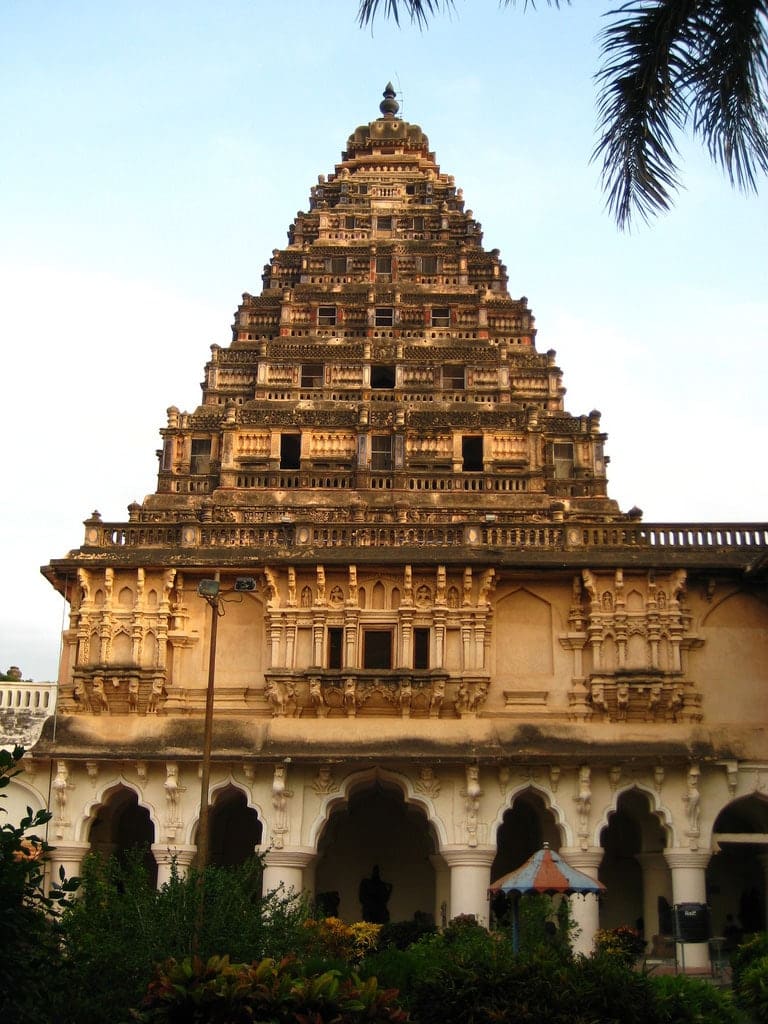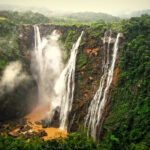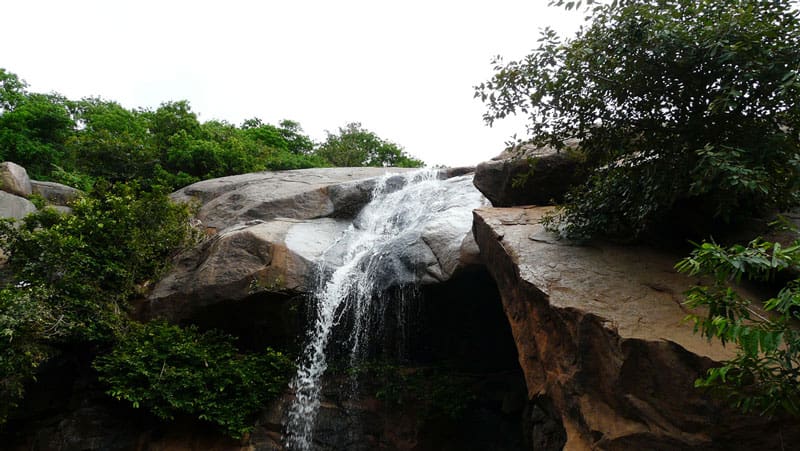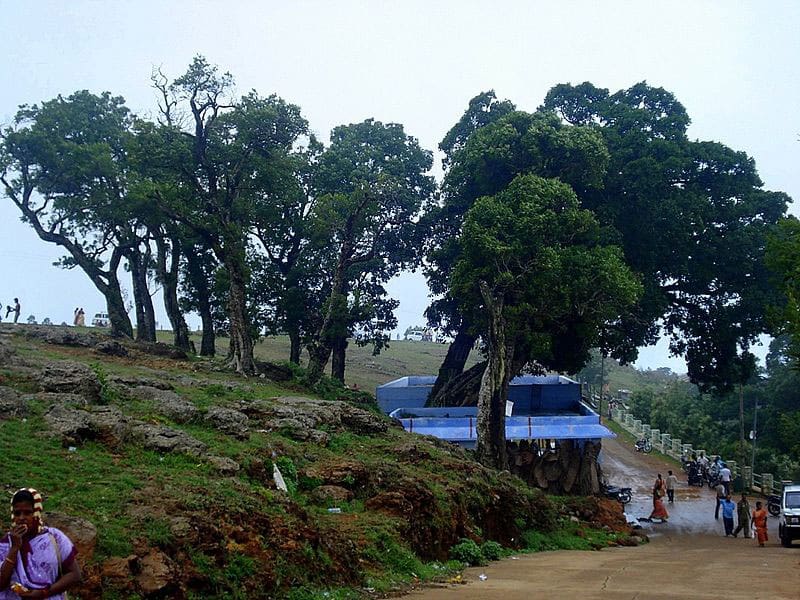The Thanjavur Royal Palace , located in the heart of Tamil Nadu, is a magnificent testament to the grandeur and cultural richness of South India. Built during the reign of the illustrious Chola dynasty and later expanded by the Nayakas and Marathas, this architectural marvel stands as a symbol of the region’s historical significance and artistic brilliance. Whether you are a history enthusiast, an art lover, or simply a curious traveler, the Thanjavur Royal Palace offers a captivating journey through time, showcasing centuries-old traditions, royal opulence, and intricate craftsmanship. In this article, we will explore the palace’s fascinating history, its architectural splendor, key attractions, cultural significance, and practical tips for visitors.
Historical Significance of Thanjavur Royal Palace
The Legacy of the Cholas
The Thanjavur Royal Palace owes its origins to the mighty Chola dynasty , one of the most powerful empires in South Indian history. The Cholas were renowned for their architectural achievements, including the iconic Brihadeeswarar Temple, and their influence laid the foundation for the palace’s construction. Over time, the palace underwent significant expansions and renovations under the patronage of the Nayaka rulers and later the Maratha kings , who added their unique touches to its design and structure.
Transition of Power and Influence
After the decline of the Cholas, the Nayakas took control of Thanjavur in the 16th century. They transformed the palace into a sprawling complex, incorporating elements of Dravidian architecture and introducing vibrant murals and frescoes. In the 17th century, the Marathas ascended to power, further enriching the palace with intricate carvings, ornate pillars, and royal artifacts. Each dynasty left its indelible mark, making the Thanjavur Royal Palace a living chronicle of the region’s political and cultural evolution.
Symbol of Royal Authority
The palace served not only as a residence for the ruling monarchs but also as the administrative center of the kingdom. It was here that kings held court, issued decrees, and hosted diplomatic delegations. The palace’s strategic location and imposing structure underscored the authority and prestige of its rulers, making it a hub of governance and culture.
Architectural Grandeur of Thanjavur Royal Palace
A Fusion of Styles
The Thanjavur Royal Palace is a remarkable blend of Dravidian , Nayaka , and Maratha architectural styles , reflecting the diverse influences of its builders. The use of locally sourced materials such as granite and brick ensured durability while allowing artisans to create intricate designs and sculptures. The palace’s layout is a harmonious mix of open courtyards, towering halls, and secluded chambers, each serving a specific purpose.
Key Architectural Features
- Durbar Hall (Royal Court): This grand hall was the venue for royal audiences and ceremonies. Its high ceilings, massive pillars, and ornate carvings exude regal elegance. The hall is adorned with paintings depicting scenes from Hindu mythology and the lives of the Maratha rulers.
- Saraswathi Mahal Library: One of the oldest libraries in Asia, this treasure trove houses thousands of ancient manuscripts, palm leaf documents, and rare books. It is a haven for scholars and historians seeking insights into India’s literary heritage.
- Art Gallery: Located within the palace complex, the Art Gallery showcases an impressive collection of bronze statues, paintings, and artifacts from the Chola, Nayaka, and Maratha periods. Highlights include life-sized statues of Hindu deities and miniature sculptures of exceptional detail.
- Raja Serfoji Memorial Hall: Dedicated to Raja Serfoji II, one of the most celebrated Maratha rulers, this hall displays personal belongings, weapons, and memorabilia of the king. His contributions to art, education, and healthcare are commemorated here.
Intricate Carvings and Frescoes
The walls and ceilings of the palace are adorned with exquisite carvings and frescoes that narrate tales of valor, devotion, and mythology. Scenes from the Ramayana, Mahabharata, and Puranas come alive through vibrant colors and meticulous detailing. These artworks provide a glimpse into the artistic sensibilities of the era and the skill of the craftsmen who created them.
Key Attractions Within the Palace Complex
1. Saraswathi Mahal Library
Established during the reign of the Nayakas and expanded by the Marathas, the Saraswathi Mahal Library is a cultural gem. Its vast collection includes Sanskrit, Tamil, and Marathi manuscripts, many of which are written on palm leaves and handmade paper. Among the highlights are rare works on astrology, medicine, and philosophy, offering invaluable insights into ancient knowledge systems.
2. Art Gallery
The Art Gallery is a must-visit for art aficionados. It features a stunning array of bronze idols, some dating back to the Chola period, known for their lifelike expressions and intricate details. Paintings from the Maratha era depict courtly life, religious themes, and landscapes, providing a visual narrative of the times.
3. Royal Museum
Housed within the palace, the Royal Museum exhibits a fascinating collection of artifacts, including royal costumes, jewelry, weapons, and utensils used by the kings. These items offer a glimpse into the luxurious lifestyle of the Thanjavur royalty and their refined taste in art and aesthetics.
4. Darbar Hall
The Darbar Hall is a masterpiece of architecture and design. Its teakwood pillars, marble floors, and gilded decorations create an aura of grandeur. The hall is often used for cultural events and exhibitions, keeping the spirit of the palace alive.
Cultural Significance of Thanjavur Royal Palace
A Hub of Arts and Learning
Thanjavur has long been a center for arts, music, and literature, and the palace played a pivotal role in nurturing these traditions. Under the patronage of rulers like Raja Serfoji II, the city became a melting pot of cultures, attracting scholars, poets, and artists from across India. The palace’s libraries, galleries, and performance spaces fostered creativity and intellectual exchange, leaving a lasting legacy.
Festivals and Celebrations
The Thanjavur Royal Palace continues to be a venue for traditional festivals and cultural programs. Events like Bharatanatyam performances , Carnatic music concerts , and classical dance recitals are organized here, celebrating the rich heritage of Tamil Nadu. These events attract both locals and tourists, ensuring that the palace remains a vibrant part of the community.
Travel Tips for Visiting Thanjavur Royal Palace
Best Time to Visit
The ideal time to visit the Thanjavur Royal Palace is between October and March , when the weather is pleasant and conducive for sightseeing. Avoid visiting during the summer months (April to June), as temperatures can soar, making outdoor exploration uncomfortable.
How to Reach the Palace
- By Air: The nearest airport is Tiruchirappalli International Airport, located approximately 55 kilometers away. From there, taxis and buses are readily available.
- By Train: Thanjavur Junction is well-connected to major cities across India. Auto-rickshaws and cabs can be hired to reach the palace.
- By Road: State-run and private buses operate regularly from nearby towns and cities. Self-driven cars are also a convenient option.
What to Carry
- Comfortable walking shoes, as the palace complex requires extensive exploration.
- A camera to capture the intricate details of the architecture and artifacts.
- Water bottles and light snacks, as food options within the premises may be limited.
Safety Precautions
- Follow guidelines regarding photography, as some areas may have restrictions.
- Keep valuables secure and avoid carrying large sums of cash.
- Respect the sanctity of the museum and library by maintaining silence and refraining from touching exhibits.
Nearby Attractions Around Thanjavur Royal Palace
While exploring the palace, take some time to visit other iconic landmarks in Thanjavur:
1. Brihadeeswarar Temple
A UNESCO World Heritage Site, this majestic temple is a masterpiece of Chola architecture. Its towering vimana (tower) and Nandi statue are awe-inspiring sights.
2. Schwartz Church
Built in memory of Reverend Christian Friedrich Schwartz, this church reflects European architectural influences and houses a museum with relics of the missionary.
3. Sivaganga Park
A serene park perfect for unwinding after a day of sightseeing. It features lush greenery, a small zoo, and boating facilities.
4. Punnainallur Mariamman Temple
Dedicated to Goddess Mariamman, this temple is known for its vibrant festivals and intricate carvings.
Conclusion
The Thanjavur Royal Palace is more than just a historical monument—it is a living embodiment of South India’s rich cultural heritage and artistic legacy. From its awe-inspiring architecture and priceless artifacts to its vibrant festivals and scholarly contributions, the palace continues to inspire awe and admiration. Whether you’re marveling at its intricate carvings, delving into its ancient manuscripts, or simply soaking in its regal ambiance, the Thanjavur Royal Palace promises an unforgettable experience that transcends time.
Plan your visit today and embark on a majestic journey into the heart of history and culture!
FAQs About Thanjavur Royal Palace
- What is the best time to visit Thanjavur Royal Palace?
October to March offers pleasant weather for exploration. - How do I reach the palace from Thanjavur Junction?
Hire an auto-rickshaw or taxi; the palace is about 2 kilometers from the station. - Are there any entry fees for the palace?
Yes, nominal fees apply for entry and camera usage. - Is photography allowed inside the palace?
Photography is permitted in designated areas; check with authorities for restrictions. - What are the palace timings?
The palace is open from 10:00 AM to 5:30 PM daily, except Fridays. - Can I visit the Saraswathi Mahal Library?
Yes, the library is open to visitors, but certain sections may require prior permission. - What should I wear while visiting the palace?
Opt for modest and comfortable clothing suitable for walking. - Are guided tours available?
Yes, local guides provide insightful commentary on the palace’s history and architecture. - Is the palace wheelchair accessible?
Limited accessibility; some areas may require assistance due to uneven surfaces. - What are the must-see attractions within the palace?
Don’t miss the Durbar Hall, Saraswathi Mahal Library, Art Gallery, and Royal Museum. - Which dynasty built the Thanjavur Royal Palace?
The palace was originally built by the Cholas and later expanded by the Nayakas and Marathas. - Are there any nearby temples to visit?
Yes, Brihadeeswarar Temple and Punnainallur Mariamman Temple are close by. - Can I attend cultural events at the palace?
Yes, the palace hosts festivals and performances throughout the year. - Is parking available near the palace?
Yes, ample parking space is available for two-wheelers and four-wheelers. - What is the significance of the Art Gallery?
The gallery houses rare bronze statues and paintings, showcasing the region’s artistic heritage. - Are there any dining options near the palace?
Several restaurants and street food stalls are located nearby, offering authentic Tamil cuisine. - How long does it take to explore the palace?
Plan for at least 2-3 hours to fully appreciate the palace and its attractions. - Is the palace child-friendly?
Yes, children will enjoy the museum and open courtyards. - What makes the Saraswathi Mahal Library unique?
It houses rare manuscripts and ancient texts, making it a treasure trove of knowledge. - Are pets allowed inside the palace premises?
Pets are generally not permitted to ensure the preservation of artifacts.












